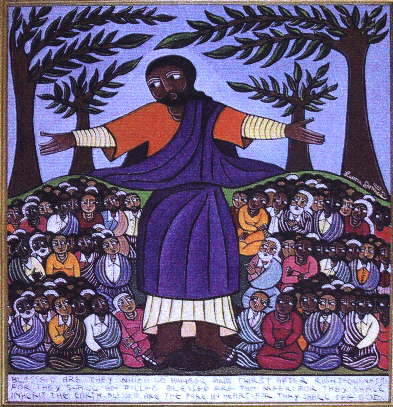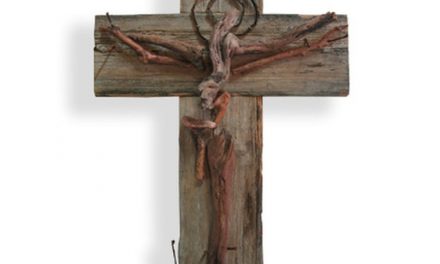Is 60:1-6
Ps 72:1-2, 7-8, 10-11, 12-13
Eph 3:2-3a, 5-6
Mt 2:1-12
This Sunday we celebrate Epiphany, a word which literally means “manifestation.” On this day, we celebrate the manifestation of Jesus as the incarnate God as well as the manifestation of Jesus to the Gentiles. Our readings during the Christmas octave up to now have focused on Jewish characters–Jesus, John the Baptist, Anna and Simeon, Mary and Joseph. This Sunday, we have the Magi.
We don’t know much about the Magi. Matthew’s gospel is the only one which tells their story. Tradition names them Melchior, Caspar, and Balthazar, all scholars from the east. Some contemporary scholars think they were Zoroastrian priests and astrologers. What we know with certainty is that the Magi were not Jewish.
The appearance of the Magi is jarring in the story of Jesus’ coming. During Advent, we participated in the longing and waiting of the nation Israel for the Messiah, the one who would redeem God’s people. And our first reading this Sunday reminds us that our longing has been fulfilled: “Rise up in splendor, Jerusalem! Your light has come, the glory of the Lord shines upon you.” But the appearance of the Magi reveals that this Messiah comes not only for God’s people . . . or rather, that God’s people is no longer limited to the Jews. Jew and Gentile find the fulfillment of their expectations and longings in this tiny baby.
There are many moral lessons to be learned from our solemnity this Sunday, but the one that strikes me as Christmas comes to an end is the lesson of inclusion. How Mary must have marveled that these pagans would come to adore her son. How hard it must have been for the Jews to recognize the Gentiles as their brothers and sisters in Christ. They were God’s people. For centuries they had worshipped the true God while the nations turned to idols. How it must have stung to hear in the Letter to the Ephesians that “the Gentiles are coheirs, members of the same body, and copartners in the promise in Christ Jesus through the gospel.”
All of us love to draw lines. The reading from Ephesians reveals that the neatest line that could be drawn–that between Jew and Gentile–was no longer a line to be drawn in Christ. All of the sudden, Jews and Gentiles were at the same table, drinking of the same cup, eating of the same loaf, and worshipping the same Lord. But we today also like to draw lines. We talk a lot on this blog about the line between liberal and conservative or the piety/social justice line. But there are other lines that divide and exclude: the line between us reading this blog and the poor who are scraping out a living, who might be working too many part time jobs this Sunday to make it to mass; the line between the intellectually sophisticated and the theologically naive; the line between those who are “good” Christians and Catholics and those who aren’t really Christian and Catholic at all.
Epiphany is a reminder that Jesus come to remove the line and reconcile those who were once opposed. Epiphany is a reminder that in Jesus, salvation is open to all. Epiphany is about inclusion. And on this great feast, we are humbly called to remember that God often chooses those on the other side of the line to manifest His Son.




